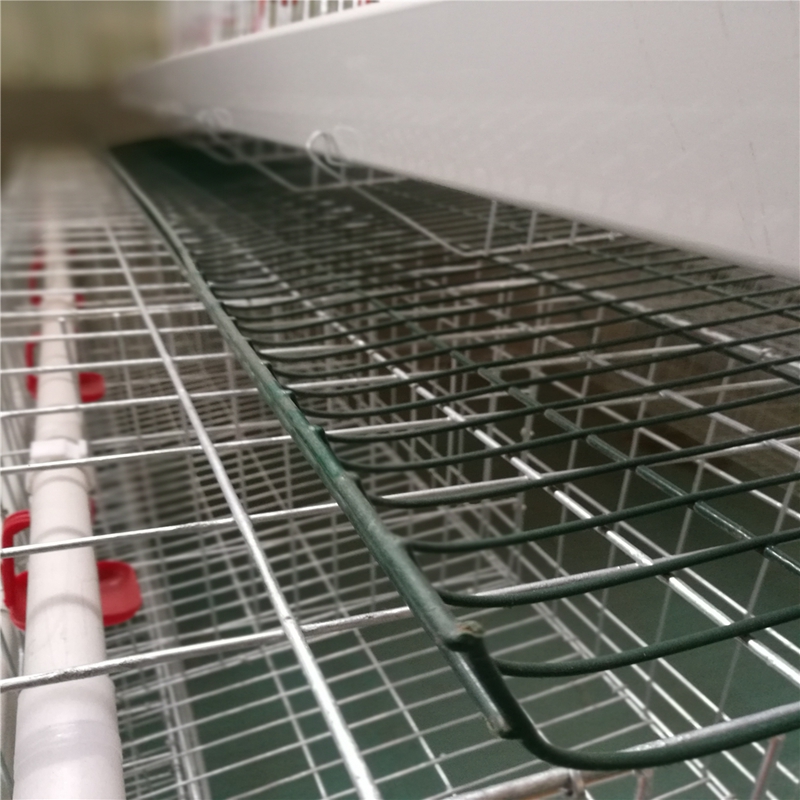vacuum forming packaging machine
Oct . 17, 2024 02:36 Back to list
vacuum forming packaging machine
Understanding Vacuum Forming Packaging Machines
Vacuum forming packaging machines play a crucial role in modern manufacturing and packaging processes across various industries. These machines utilize a simple yet effective technique to shape plastic sheets into durable, protective packaging solutions for a wide range of products. From food items to electronics, vacuum forming is widely adopted because of its versatility, efficiency, and ability to produce high-quality packaging.
What is Vacuum Forming?
Vacuum forming is a manufacturing process that involves heating a thermoplastic sheet until it becomes pliable, then draping it over a mold. A vacuum is created, drawing the heated plastic tightly against the mold surface as it cools. This method allows for the creation of complex shapes and designs, making it an ideal choice for producing custom packaging solutions.
The basic components of a vacuum forming packaging machine include a heating element, a vacuum chamber, and a mold. The machine begins by heating the thermoplastic sheet to the desired temperature. Once the plastic is ready, it is quickly positioned over the mold. The vacuum system then activates, pulling the plastic down onto the mold, ensuring a precise fit. After the plastic cools and hardens, the formed package can be easily removed from the mold.
Advantages of Vacuum Forming Packaging
1. Customization One of the main advantages of vacuum forming is the ability to create custom shapes and sizes tailored to specific products. This feature is particularly beneficial for businesses that require packaging solutions that stand out in the market.
2. Cost-Effectiveness Vacuum forming is often more economical than other packaging methods, especially for large production runs. The process is efficient and can produce a high volume of packaging solutions quickly, reducing overall production costs.
vacuum forming packaging machine

3. Lightweight but Durable Vacuum-formed packaging provides a sturdy, protective solution while remaining lightweight. This characteristic is essential for companies that want to minimize shipping costs without sacrificing product safety.
4. Material Variety Vacuum forming can be done with various types of thermoplastics, such as PVC, PET, and polystyrene. This versatility allows manufacturers to choose materials based on their specific needs, including factors like clarity, strength, and food safety.
5. Environmental Considerations Many thermoplastics used in vacuum forming can be recycled, making this packaging method a more environmentally friendly option. Additionally, advancements in materials technology are leading to more sustainable choices in the industry.
Applications of Vacuum Forming Packaging
The applications of vacuum forming packaging are vast and varied. In the food industry, for instance, vacuum-forming is used to create trays, clamshells, and blister packs, ensuring product freshness and extending shelf life. In electronics, vacuum-formed packaging provides protective barriers against dust and moisture, keeping sensitive devices safe during shipping and storage. Additionally, the cosmetic and pharmaceutical sectors use vacuum forming for producing custom blisters and trays that showcase their products attractively while protecting them from damage.
Conclusion
In conclusion, vacuum forming packaging machines are integral to producing modern packaging solutions that are both effective and efficient. Their ability to create customized designs, combined with cost-effectiveness and material versatility, make them an excellent choice for various industries. As companies continue to prioritize sustainability and efficiency, the demand for vacuum forming technology is expected to grow, further advancing the packaging landscape. Whether it's for food, electronics, or other products, vacuum forming remains a key player in shaping the future of packaging.
-
Hot Sale 24 & 18 Door Rabbit Cages - Premium Breeding Solutions
NewsJul.25,2025
-
Automatic Feeding Line System Pan Feeder Nipple Drinker - Anping County Yize Metal Products Co., Ltd.
NewsJul.21,2025
-
Automatic Feeding Line System Pan Feeder Nipple Drinker - Anping County Yize Metal Products Co., Ltd.
NewsJul.21,2025
-
Automatic Feeding Line System - Anping Yize | Precision & Nipple
NewsJul.21,2025
-
Automatic Feeding Line System - Anping Yize | Precision & Nipple
NewsJul.21,2025
-
Automatic Feeding Line System-Anping County Yize Metal Products Co., Ltd.|Efficient Feed Distribution&Customized Animal Farming Solutions
NewsJul.21,2025






